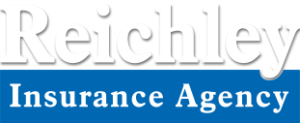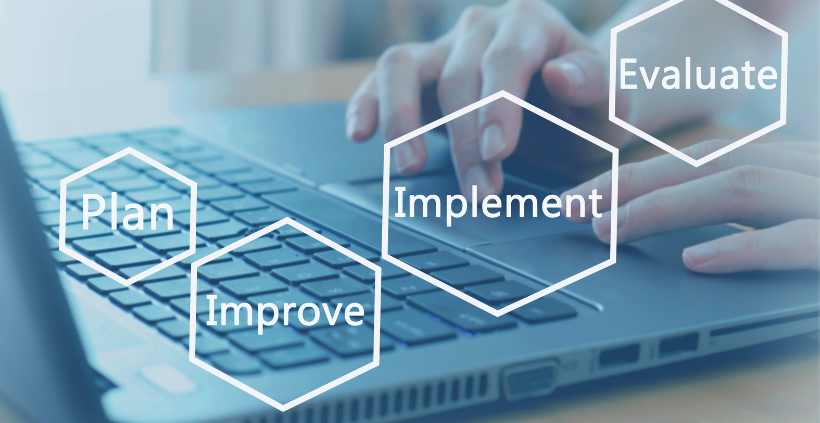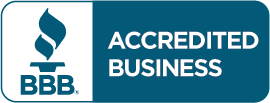Three Ways a Business Can Reduce Liability and Risk
In today’s complex business environment, managing liability and risk is more critical than ever. Whether you’re running a small startup or a large corporation, a proactive approach to risk management can not only safeguard your assets but also enhance your business’s overall resilience. Here are three effective ways to reduce liability and risk in your business:
- Implement Comprehensive Training Programs
Why It’s Essential:
Reduces Human Error: A significant portion of business risks stem from employee mistakes. Well-trained employees are less likely to make errors that could lead to liability issues.
Promotes a Culture of Safety: Regular training fosters a workplace culture that prioritizes safety and compliance, thereby reducing the likelihood of accidents and legal issues.
How to Do It:
Regular Training Sessions: Conduct training sessions that focus on workplace safety, legal compliance, and best practices specific to your industry.
Continuous Learning: Keep training programs up-to-date with the latest regulations and industry standards.
Many carriers offer Loss Control services that are not just about identifying risks they are concerned about but give access to extensive libraries of safety training information and programs designed to assist policyholders with better proactive loss control and training. Contact your agent to find out more about what your insurance carrier may offer.
- Invest in Adequate Insurance Coverage
Why It’s Important:
Financial Protection: Insurance is a critical tool for mitigating financial risks arising from lawsuits, accidents, or unforeseen events.
Compliance with Laws: Certain types of insurance, like workers’ compensation, may be legally required, depending on your location and industry.
How to Do It:
Risk Assessment: Conduct a thorough risk assessment to identify potential liabilities specific to your business.
Customize Insurance Plans: Work with insurance professionals to tailor insurance coverage to your business’s unique needs. Cost shifting of dollars within your current insurance program can develop a stronger risk response if your budget for coverage is already reached its maximum. Please only do so with the guidance of your agent so that all changes are fully understood and risk assumptions are managed.
- Develop and Enforce Strong Policies and Procedures
Why It’s Crucial:
Prevents Misconduct: Clear policies and procedures help in preventing unethical behavior or business practices that could lead to legal troubles.
Standardizes Operations: Well-defined procedures ensure consistency in operations, reducing the risk of accidents and errors.
How to Do It:
Document Policies: Clearly document all company policies, including those related to employee conduct, safety protocols, and customer interactions.
Regular Reviews and Updates: Continually review and update these policies to adapt to new laws, technologies, and business changes.
Reducing liability and risk is not a one-time effort but an ongoing process that requires diligence, foresight, and adaptability. By investing in comprehensive training, securing adequate insurance coverage, and developing strong internal policies, businesses can create a more secure and stable environment. This proactive approach not only protects the company’s assets but also contributes to its long-term success and reputation. Remember, in the world of business, being prepared is always better than being caught off guard.






